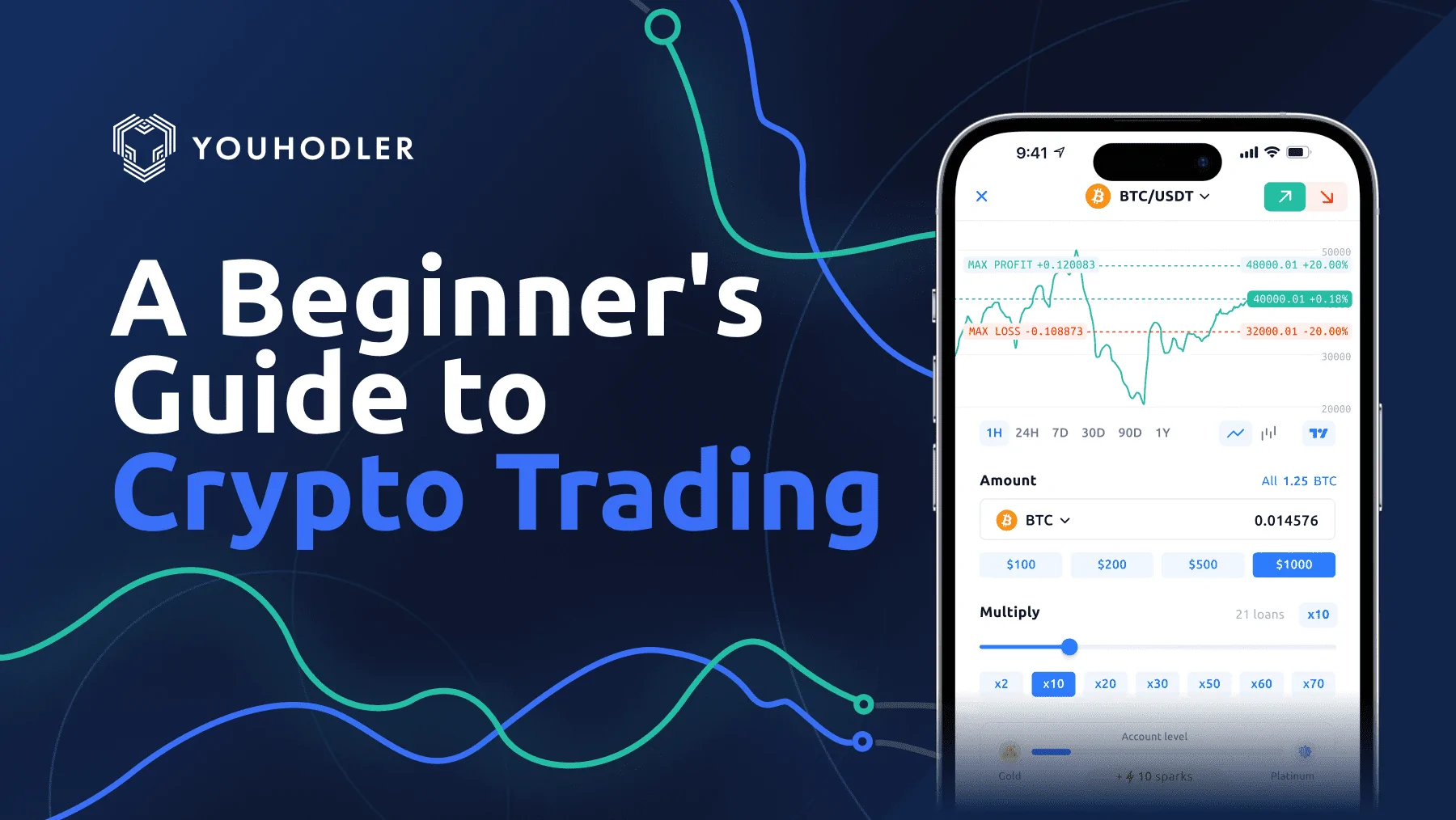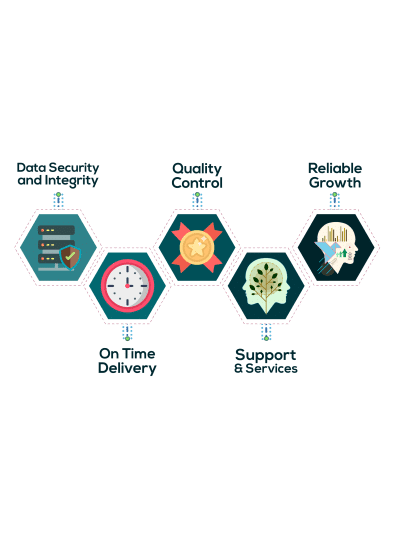
The Beginner’s Guide to Cryptocurrency Trading: How to Get Started
The world of digital finance has rapidly gained popularity, creating new opportunities for individuals to invest in a digital form of money. What once seemed like a niche market has exploded into the mainstream, offering a new avenue for anyone interested in gaining exposure to digital wealth. However, for newcomers, the concept of investing in these assets can be overwhelming, especially when faced with thousands of different options, fluctuating prices, and an ever-evolving landscape.
This guide aims to simplify the process for those just beginning their journey into this world. Whether you’re someone who’s heard of Bitcoin or heard the term “blockchain” thrown around, you may wonder how you can start investing in this space. In this guide, we’ll take you through the essential steps, what to consider before jumping in, and what makes this method of asset management so appealing, particularly in regions like the UAE.
What Is Digital Asset Trading?
Digital asset exchange refers to buying and selling virtual currencies through online platforms. Unlike traditional financial markets where you trade stocks, here you are exchanging virtual tokens like Bitcoin, Ethereum, and others.
The prices of these digital assets can fluctuate greatly, providing both risks and opportunities. Traders often aim to capitalize on price movements by buying at lower rates and selling at higher ones or vice versa.
Understanding how this type of trading works is key to making informed decisions in this space.
How Digital Asset Trading Works
Before diving in, it’s important to understand the mechanics of digital asset exchange. Generally, assets are traded in pairs, such as BTC/USD (Bitcoin to US Dollar) or ETH/BTC (Ethereum to Bitcoin). These pairs represent the exchange rate between two currencies.
There are two main types of trading methods:
Spot market: This is when you purchase assets at the current market price for immediate exchange.
Derivative contracts: This involves speculating on the value of an asset without actually owning it. These contracts may include futures or options.
Unlike traditional markets that operate on set hours, digital asset exchanges are open 24/7, allowing for round-the-clock activity. This continuous market cycle is one of the distinguishing features of digital asset exchange.
How to Get Started with Digital Asset Exchange
Starting with digital asset exchange is straightforward. Here’s how you can take your first steps:
Choose a Trusted Platform
The first step is selecting a reliable online platform to facilitate your trades. Well-known platforms such as Binance, Coinbase, and Kraken offer access to a broad selection of digital currencies. Ensure that the platform you choose provides security, transparency, and an easy-to-navigate interface.
When choosing a platform, look for:
A diverse range of supported currencies
Intuitive user experience
Strong security measures (such as two-factor authentication)
Reasonable fees
Responsive customer support
Create an Account
Once you’ve chosen your platform, you need to sign up and verify your identity. This typically involves submitting personal details and documentation to comply with regulations, especially in regions like the UAE, where platforms are often required to verify user identity.
Fund Your Account
After registration, you can deposit funds into your account using various methods, including bank transfers, credit/debit cards, or even other digital currencies. Some platforms also accept services like PayPal, making it easier for those engaging in cryptocurrency trading to fund their accounts using multiple payment options.
Select a Digital Asset to Trade
With your account funded, you can select which digital asset you want to exchange. For beginners, it’s recommended to start with established coins like Bitcoin or Ethereum. These are less volatile compared to smaller altcoins and offer a safer entry point into the market.
Start the Exchange Process
Once you’ve chosen your asset, you can place an order. You can choose from various types of orders:
Market orders: These are orders to buy or sell at the current market price.
Limit orders: Orders to buy or sell at a specific price.
Stop orders: These trigger an order when the asset reaches a predetermined price.
Start with small transactions and increase your trades as you become more familiar with the market.
Strategies for Beginners
While seasoned investors may use complex strategies, beginners should focus on simpler methods until they gain more experience.
Holding for the Long Term (HODL)
One of the easiest approaches is simply holding your digital assets for the long term. This method, often referred to as “HODLing,” involves purchasing assets and holding onto them in the hopes their value will increase over time. It’s a strategy that works best for those who believe in the long-term potential of digital assets and are comfortable with price fluctuations in the short term.
Swing Trading
Swing trading involves purchasing assets and holding them for a short period, such as days or weeks, to profit from price swings. It requires actively monitoring the market and responding to changes in prices.
Active Day Trading
Day trading involves making multiple trades throughout the day to profit from short-term price fluctuations. This method demands significant attention to market trends and data and is generally more advanced. Beginners should exercise caution with this strategy due to its inherent risks.
The Benefits of Digital Asset Exchange
Digital asset exchange offers various advantages, especially for those in regions like the UAE, where this market is growing rapidly. Here are some of the main benefits:
24/7 Accessibility: Unlike traditional markets, digital asset exchanges are open round-the-clock, offering flexibility for global traders.
Low Initial Investment: You don’t need large sums of money to begin. Many platforms allow you to purchase fractional shares of digital assets.
Global Market: Digital assets can be traded globally, meaning you can interact with traders from different countries, enhancing market diversity.
High Liquidity: Well-established digital currencies like Bitcoin and Ethereum tend to have high liquidity, meaning it’s easy to buy and sell them.
Diversification: Adding digital assets to your portfolio offers a way to diversify beyond traditional investments such as stocks and bonds, potentially reducing risk.
For those in the UAE, the market is experiencing rapid expansion, driven by growing interest and regulatory developments that aim to provide a safer trading environment.
What Are the Risks of Digital Asset Exchange?
While digital asset exchange offers numerous benefits, it also comes with its fair share of risks. One significant concern is price volatility, as the value of digital assets can fluctuate dramatically, potentially leading to substantial losses. Additionally, despite the robust security measures implemented by most platforms, there is always a risk of hacking or fraud.
To mitigate this, it’s important to secure your assets with two-factor authentication and consider using hardware wallets for extra protection. Finally, the regulatory environment surrounding digital assets is constantly evolving, and unforeseen changes in regulations may impact your ability to trade or access your assets, adding an element of uncertainty to the market.
Tools and Resources to Enhance Your Trading Journey
Using the right tools is essential for success in digital asset exchange. Here are some resources to help you along the way:
Real-time News Sources: Stay informed with up-to-date information about market trends, regulatory news, and events that can impact prices.
Advanced Platforms: Platforms that offer real-time charts, analysis tools, and automated trading options can help you make informed decisions.
Communities and Forums: Join online communities where other traders share insights and discuss strategies, offering valuable learning opportunities.
Tools to Consider:
TradingView (for technical charting)
CoinMarketCap (for tracking real-time prices)
MetaTrader 4/5 (for advanced trading features)
Final Thoughts on Digital Asset Exchange
Engaging in the exchange of digital assets can be rewarding if done with care. By understanding the market dynamics, selecting the right platform, and using sound strategies, you can start your journey confidently.
Whether you are participating in this market from the UAE or any other region, it’s important to remain patient and well-informed. Start with small trades, expand your knowledge over time, and never hesitate to adapt your approach as needed.
With proper planning, digital asset exchange offers the potential for both financial growth and portfolio diversification, especially as digital currencies continue to gain mainstream acceptance.



